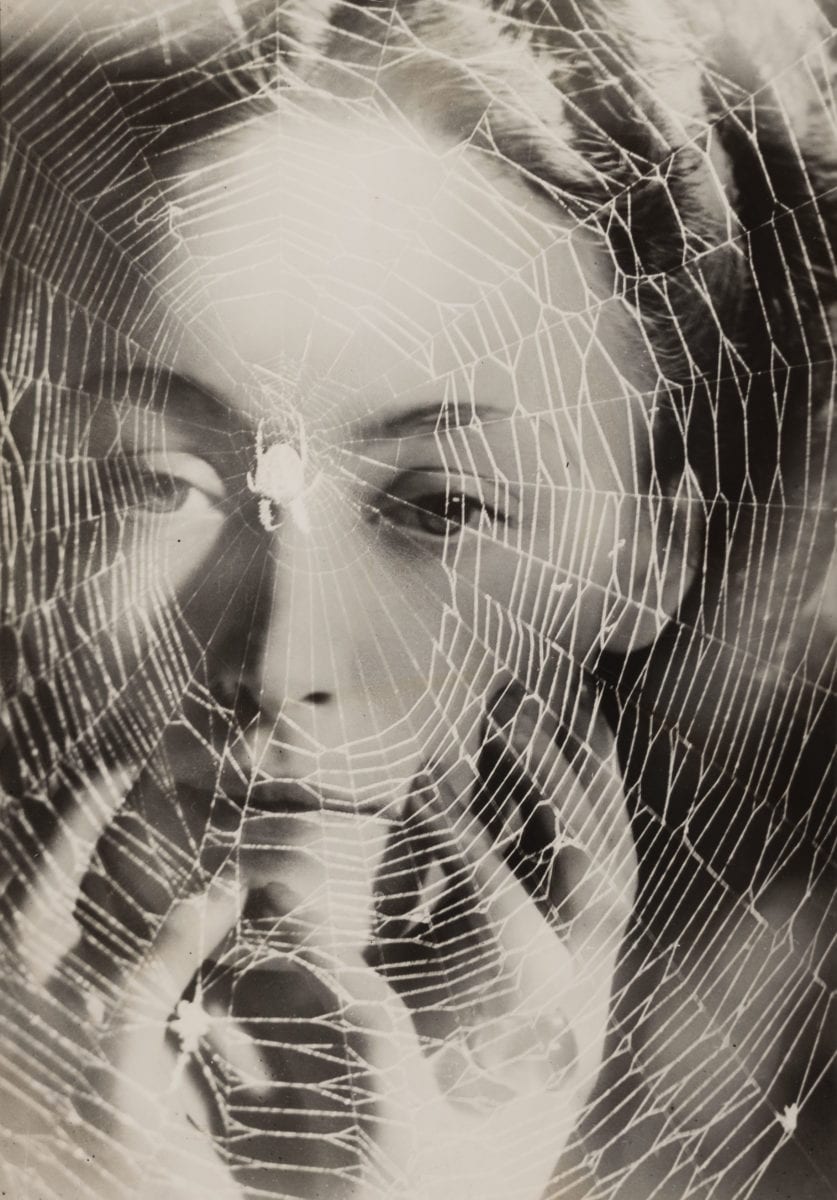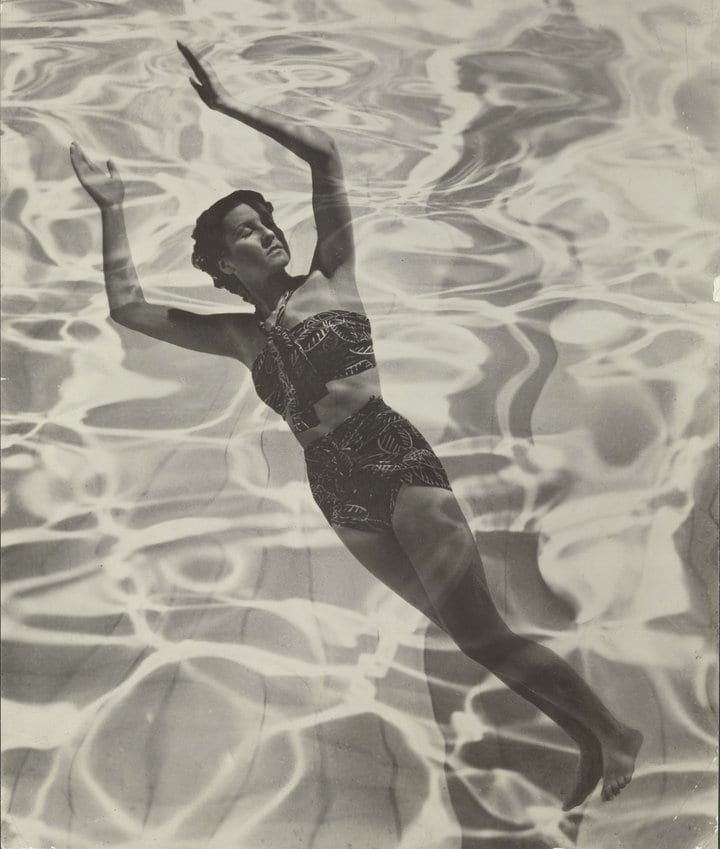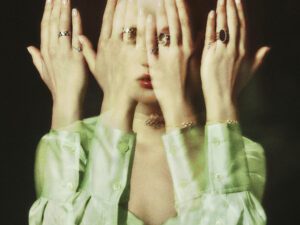Dora Maar’s (1907-1997) photographs are icons of surrealism. They play with the unusual, creating uncanny combinations of objects, textures and forms. Hands appear from snail shells, bodies are fragmented, faces are overlaid and doubled. The first UK retrospective of her works opens at Tate Modern, surveying a career of over 60 years. It features over 200 pieces, including commercial commissions, social documentary photographs and paintings.
Maar grew up between Argentina and Paris. She studied decorative arts and painting, later switching focus to photography. In doing so, Maar became part of a new generation of 1930s women seizing opportunities in advertising and the illustrated press. The artist launched a studio with film set designer Pierre Kéfer, focussing on portraiture, fashion and commercial projects. An innovative and lasting approach to image-making was born: staging, photomontage and collage were used across commissions and nude studies.
The exhibition also shines a light on Maar’s street photography, which reflected a radical involvement in left-wing revolutionary movements. Snapshots of Barcelona, Paris and London capture the reality of life during Europe’s economic depression. It was here the practitioner became part of surrealist circles – with whom she shared political values. Maar was one of the only photographers included in the group’s exhibitions and publications, which featured other works by André Breton, Georges Hugnet, Paul and Nusch Eluard, and Jacqueline Lamba. These pieces, on view at Tate, provide valuable cultural context.
The show sheds new light on the dynamic between Maar and Pablo Picasso, who had a relationship of around eight years. The artists met in the winter of 1935-1936, with Maar documenting the creation of Picasso’s Guernica (1937) – an iconic painting commenting on the Spanish Civil War. The duo produced a series of rarely seen portraits, combining experimental lens-based and printmaking techniques.
A return to painting defined the post-war years. Gestural, abstract canvasses document the landscape surrounding Maar’s home in the South of France. In the 1950s, she withdrew from society – becoming a figure shrouded in speculation. Tate presents works from this mysterious time period, alongside intriguing camera-less images from the 1980s.
The show runs 20 November – 15 March. Find out more here.
Lead image: Untitled (Hand-Shell) 1934. Centre Pompidou, Musée national d’art moderne, Paris Photo © Centre Pompidou, MNAM-CCI, Dist. RMN-Grand Palais / image Centre Pompidou, MNAM-CCI © ADAGP, Paris and DACS, London 2019
1. Dora Maar Model in Swimsuit, 1936. The J. Paul Getty Museum, Los Angeles. © Estate of Dora Maar / DACS 2019.
2. Dora Maar, The years lie in wait for you c. 1935. The William Talbott Hillman Collection © ADAGP, Paris and DACS, London 2019







